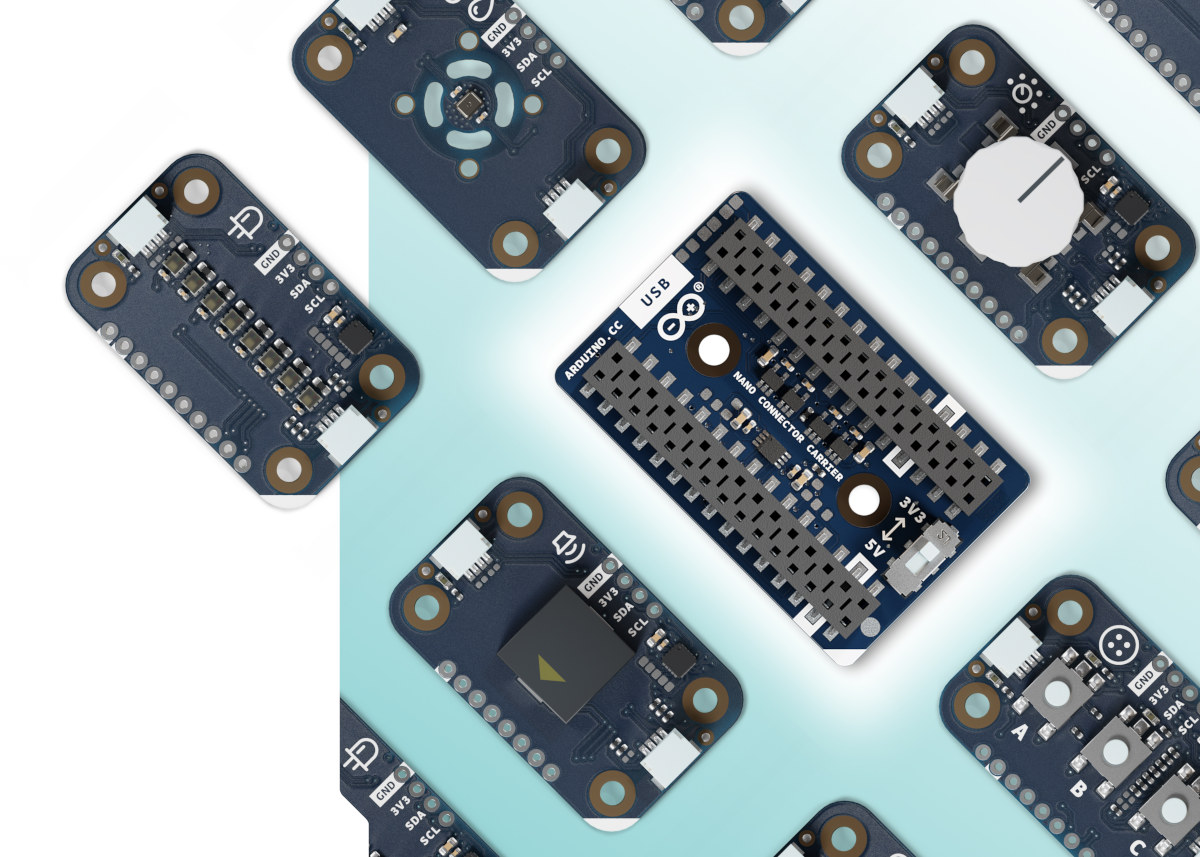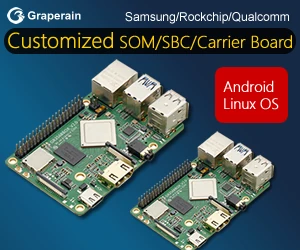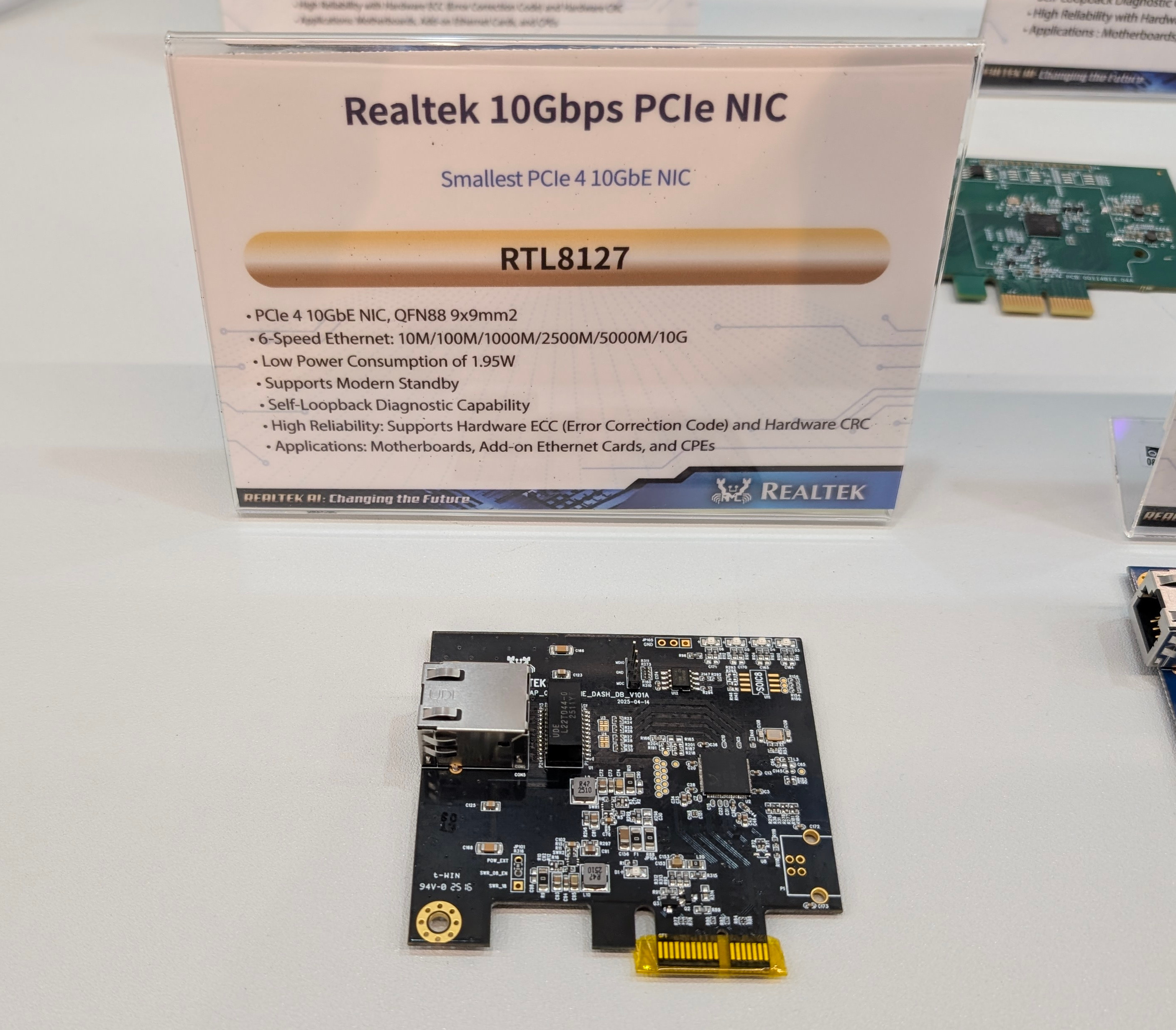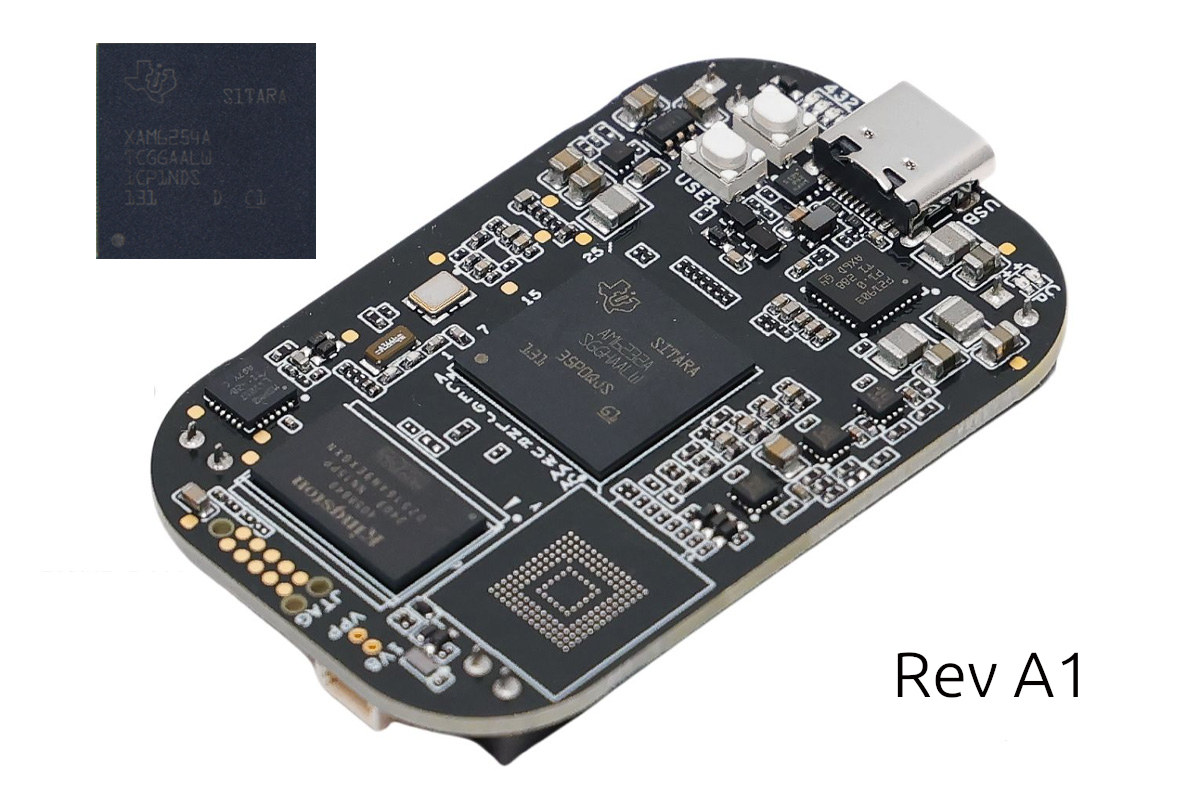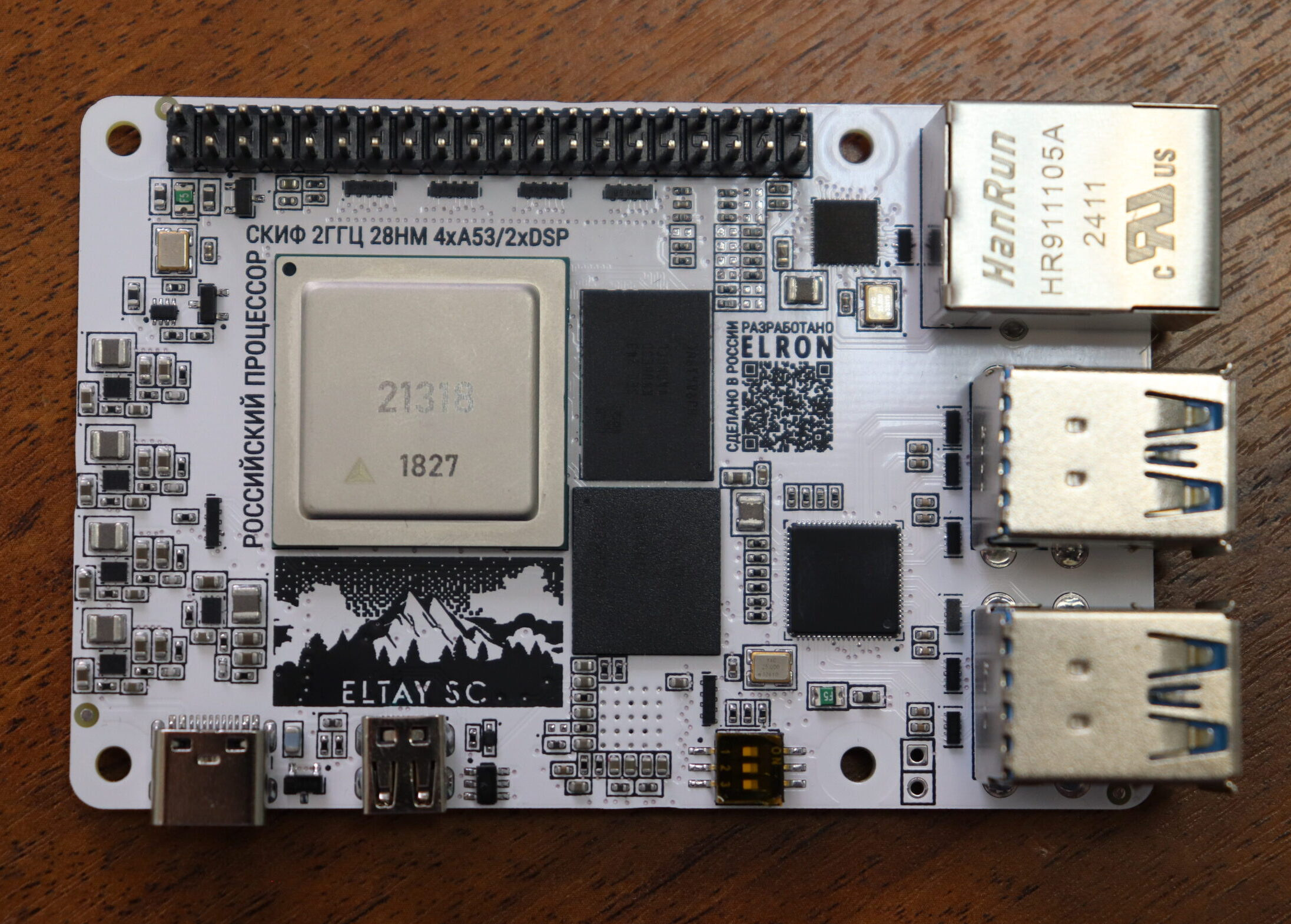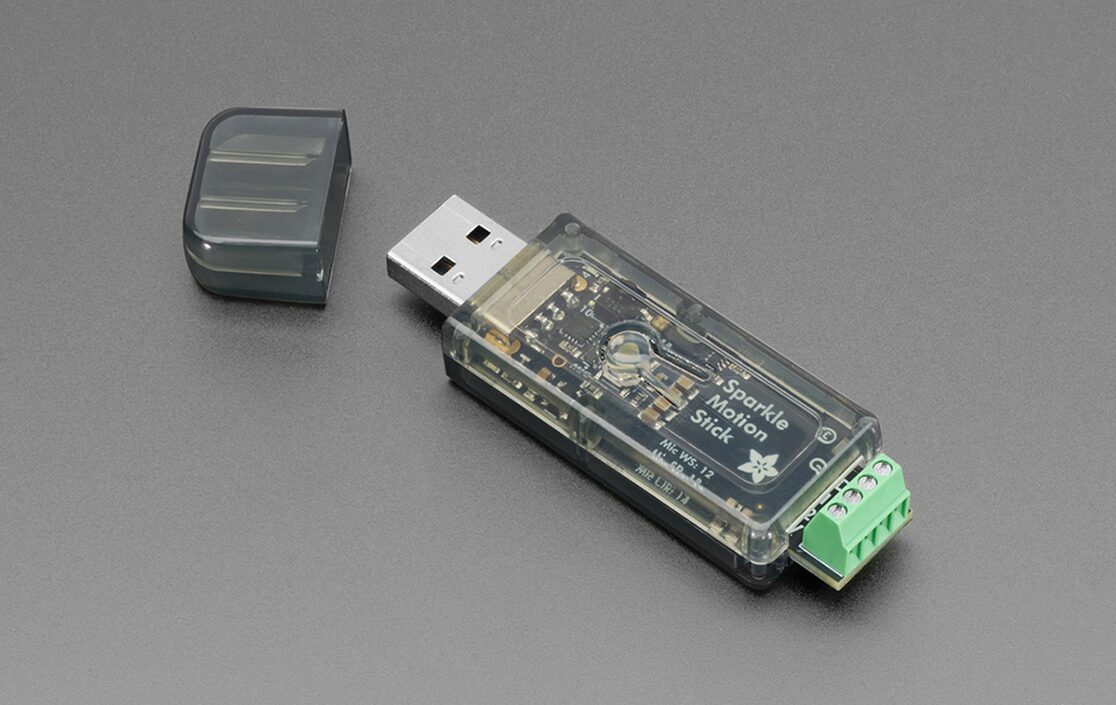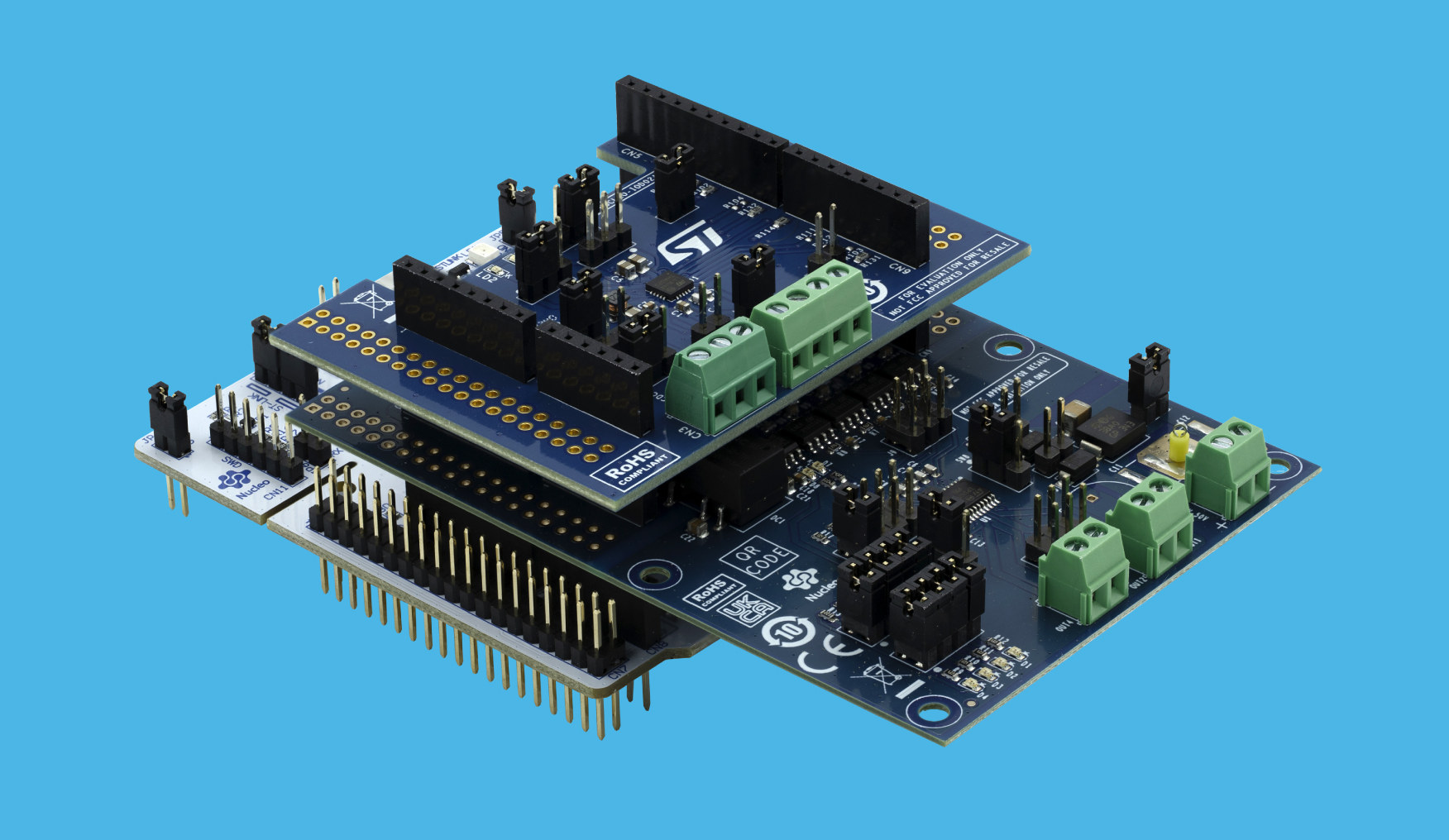The Arduino Nano Connector Carrier is a compact add-on board designed for the Arduino Nano boards to allow easy connection to Qwiic, Grove, and Modulino expansion modules. The company also announced seven new Modulino nodes that are available individually for user input (e.g. button, knob), sensors (IMU, ToF), audio output, and a short RGD LED strip. Arduino Nano Connector Carrier specifications: Storage – MicroSD card reader (SPI) Expansion Interfaces 4x Grove analog/digital I/O connectors – 2x analog, 1x I2C, 1x UART Qwicc I2C connector Double female board header for Arduino Nano series boards I/O Voltage – Switch between 3.3V and 5V Dimensions – 43 x 28 mm The board works with Seeed Studio Grove modules and Arduino Modulino nodes connected over the Qwicc connector: Modulino Knob – a rotary encoder with push button Modulino Pixels – 8x addressable RGB LEDs Modulino Distance – a time-of-flight (ToF) sensor to measure proximity […]
Silicon Labs SiXG301 and SiXG302 “Series 3” wireless SoCs are built for line-powered and battery-powered IoT applications
Silicon Labs has just introduced the first 22nm Series 3 SoCs with the SiXG301 and SiXG302 Arm Cortex-M33 multiprotocol wireless SoCs designed for line-powered and battery-powered IoT devices, respectively. The SiXG301 is offered with 4MB flash and 512 KB SRAM, embeds an LED pre-driver for advanced LED smart lighting and smart home products, and supports 2.4 GHz wireless protocols such as Bluetooth, Zigbee, and Thread with support for Matter. The upcoming SiXG302 Bluetooth and Matter SoC offers an ultra-low-power consumption using only 15 µA/MHz active current, or 30% lower than competitive devices in its class, and as such is ideal for battery-powered wireless sensors and actuators. We’ll be focusing on the SiMG301 multi-protocol SoC and SiBG301 Bluetooth LE SoC in this article since the details are sparse for the SiXG302 parts (SiMG302 and SiBG302). Silicon Labs SiMG301 / SiBG301 specifications: MCU Core – 32-bit Arm Cortex-M33 with DSP instructions and […]
Realtek RTL8127, RTL8159, and RTL8261C will power low-cost, efficient 10 Gbps Ethernet cards, USB adapters, and switches
Realtek showcased RTL8126, RTL8157, and RTL8251B 5 Gbps Ethernet solutions at Computex 2023, and the first Realtek RTL8126 5 Gbps Ethernet PCIe and M.2 adapters were introduced in 2024, shortly followed by RTL8157 5GbE USB 3.2 adapters. The company has now unveiled upgraded solutions for 10 Gbps Ethernet networking at Computex 2025 with the RTL8127 10GbE PCIe controller and variants, the RTL8159 10GbE USB 3.2 Gen 2×2 controller, and the RTL8261C PHY for 10GbE switches. Realtek RTL8127 10GbE PCIe NIC Realtek RTL8127 specifications: Ethernet – 10Mps, 100Mps, 1000Mps, 2500Mps, 5000Mps, and 10Gbps Host interface – PCIe Gen4 Features Modern standby Self loopback diagnostic Hardware ECC and CRC Power consumption – 1.95 Watts Package – 9×9 mm QFN88 The Realtek RTL8127 will be found in PCIe and M.2 cards, or directly soldered on motherboards or CPEs. The good news is the low power consumption, which should make cooling easier and cheaper […]
PocketBeagle 2 Rev A1 board gets 1.4 GHz Sitara AM6254 quad-core Cortex-A53/Cortex-M4F SoC with 3D GPU
The PocketBeagle 2 was first introduced with a 1.0 GHz Texas Instruments Sitara AM6232 dual-core Cortex-A53 GPUless SoC in February with Rev A0 of the PCB. The BeagleBoard.org Foundation has now released a new PocketBeagle 2 Rev A1 board with a 1.4 GHz Sitara AM6254 quad-core Cortex-A53/Cortex-M4F SoC with a 3D GPU. All other features remain the same, with a secondary Texas Instruments MSPM0L1105 Arm Cortex-M0+ microcontroller, 512 MB LPDDR4 memory, a microSD card slot, a USB Type-C port for power and connectivity, a Raspberry Pi Debug Probe port, and two 36-pin expansion headers. PocketBeagle 2 Rev A1 specifications: Main SoC – Texas Instruments AM6254 as found in the BeaglePlay SBC CPU Quad-core 64-bit Arm Cortex-A53 @ 1.4 GHz Arm Cortex-M4F real-time core @ 400 MHz with 256KB SRAM GPU – Imagination PowerVR Rogue AXE-1-16M with support for OpenGL 3.x/2.0/1.1, Vulkan 1.2 Dual-core Programmable Real-Time Unit Subsystem (PRUSS) running up […]
Protectli Vault Pro VP2430 – An Intel N150 fanless network appliance with four 2.5GbE ports, four video outputs
The Protectli Vault Pro VP2430 is a compact, Intel Processor N150-based fanless network appliance designed for firewall, router, and virtualization applications in home labs, small businesses, and edge deployments. The system supports up to 64GB DDR5-4800 memory via a single SO-DIMM slot and features various storage options, including a 32GB onboard eMMC flash, an M.2 2280 NVMe SSD slot, and a SATA 3.0 interface for 2.5″ SSDs. It comes with four 2.5GbE Intel I226-V Ethernet ports and includes video outputs via HDMI 2.0, DisplayPort 1.2, and two USB-C with DisplayPort functionality. It also features M.2 slots for WiFi and 4G/5G modem, to work with the module, there is also a Nano SIM slot. Additionally, it has multiple internal headers, including GPIO, COM, SATA, and eSPI for expansion. On top of that, the system supports both AMI and coreboot BIOS options, and TPM 2.0 for security, making it ideal for secure […]
ELTAY SC SBC is a Russian alternative to the Raspberry Pi based on Elvees SKIF “Scythian” quad-core Arm Cortex-A53 SoC
Elron ELTAY SC is a credit card-sized SBC powered by an Elvees SKIF “Scythian” quad-core Arm Cortex-A53 SoC that serves as an alternative to the Raspberry Pi, Orange Pi, Banana Pi, Radxa ROCK Pi, etc… for the Russian market. Getting SBCs in Russia has been more complicated in recent years due to sanctions, although it’s still possible to import Chinese SBCs directly and Raspberry Pi via the grey market. However, the ELTAY SC is meant to provide a more reliable source within Russia since the SBC is manufactured in a facility in Novosibirsk according to servernews.ru. ELTAY SC specifications: SoC – Elvees SKIF “Scythian” CPU – Quad-core Arm Cortex-A53 @ 2GHz GPU – Imagination PowerVR Series8XE VPU – Encode/decode up to two 4K video streams @ 60 Hz DSP – 2x DSP Process – 28 nm System Memory – 4GB LPDDR4 Storage 32GB eMMC flash microSD card slot Video and […]
Adafruit Sparkle Motion Stick – A compact ESP32-S3 USB WLED controller board with dual 5V LED outputs, an I2S Mic, and a snap-fit enclosure
Adafruit has recently released the Adafruit Sparkle Motion Stick, a compact, WLED-friendly Neopixel USB controller board built around an ESP32-S3 Module designed for audio-reactive LED projects, cosplay props, holiday lighting, and more. The module comes with a USB Type-A port for programming and power input (5V, 2A max), and a simple enclosure for protection (not weatherproof). It includes a built-in I2S microphone for audio-reactive effects, an IR receiver for remote control. Other than that it has a user-programmable button, an onboard NeoPixel LED, and a red status LED with two 5V-level shifted signal outputs with power and to connect the LEDs a screw terminal blocks. Adafruit Sparkle Motion Stick specifications SoC – ESP32-S3 dual-core Xtensa LX7 MCU @ 240MHz with 2.4GHz Wi-Fi and BLE 5 LED Control – 2x level-shifted output channels (5V logic) with terminal blocks (26–20AWG support) Audio Input – Built-in I2S MEMS digital microphone for audio-reactive lighting Infrared […]
$130 STMicro P-NUCLEO-IOD5A1 modular IO-Link development kit features STM32, transceiver, and actuator boards
STMicroelectronics P-NUCLEO-IOD5A1 is a new modular IO-Link development kit designed to simplify building actuators and sensors by providing all necessary hardware and software for industrial automation projects. We’ve recently come across more solutions for the 3-wire IO-Link bi-directional and point-to-point (P2P) industrial communication protocol based on the IEC 61131-9 standard with ICs and products such as Renesas CCE4511 IO-Link master, STMicro EVLIOL4LSV1 IO-Link actuator board, and an IO-Link Master HAT for the Raspberry Pi. The P-NUCLEO-IOD5A1 devkit appears to be an all-in-one IO-Link combining all hardware needed for prototyping. P-NUCLEO-IOD5A1 content: MCU Board – NUCLEO-G071RB board based on STMicro STM32G071RB Arm Cortex-M0+ MCU @ 64 MHz with 128 KB flash and 36 KB RAM, and equipped with Arduino and ST morpho headers. Transceiver board – X-NUCLEO-IOD02A1 with L6364Q dual-channel IO-Link physical layer IC to handle communication with the IO-Link master. It also includes protection against surges and reverse connection Actuator board […]


